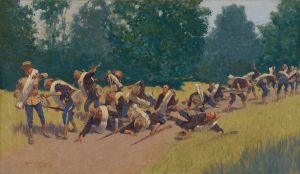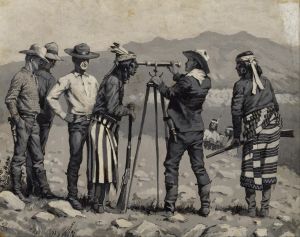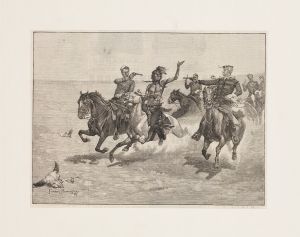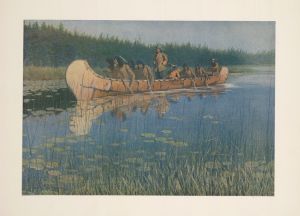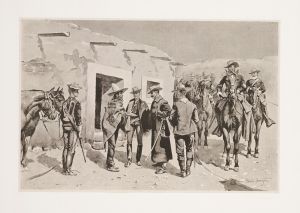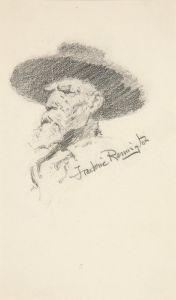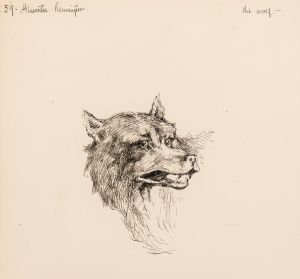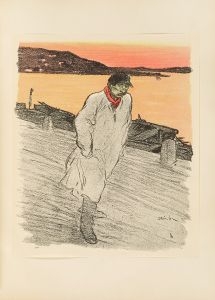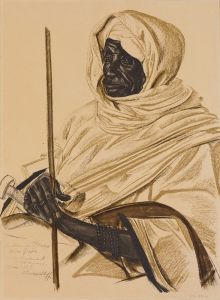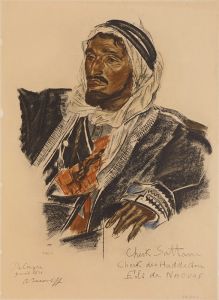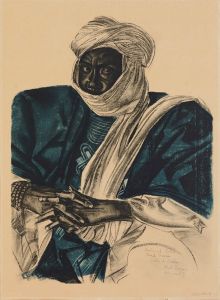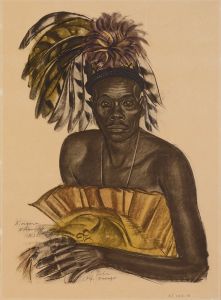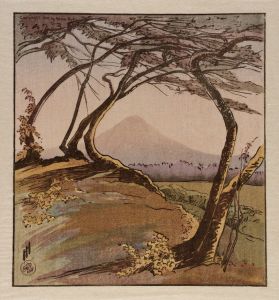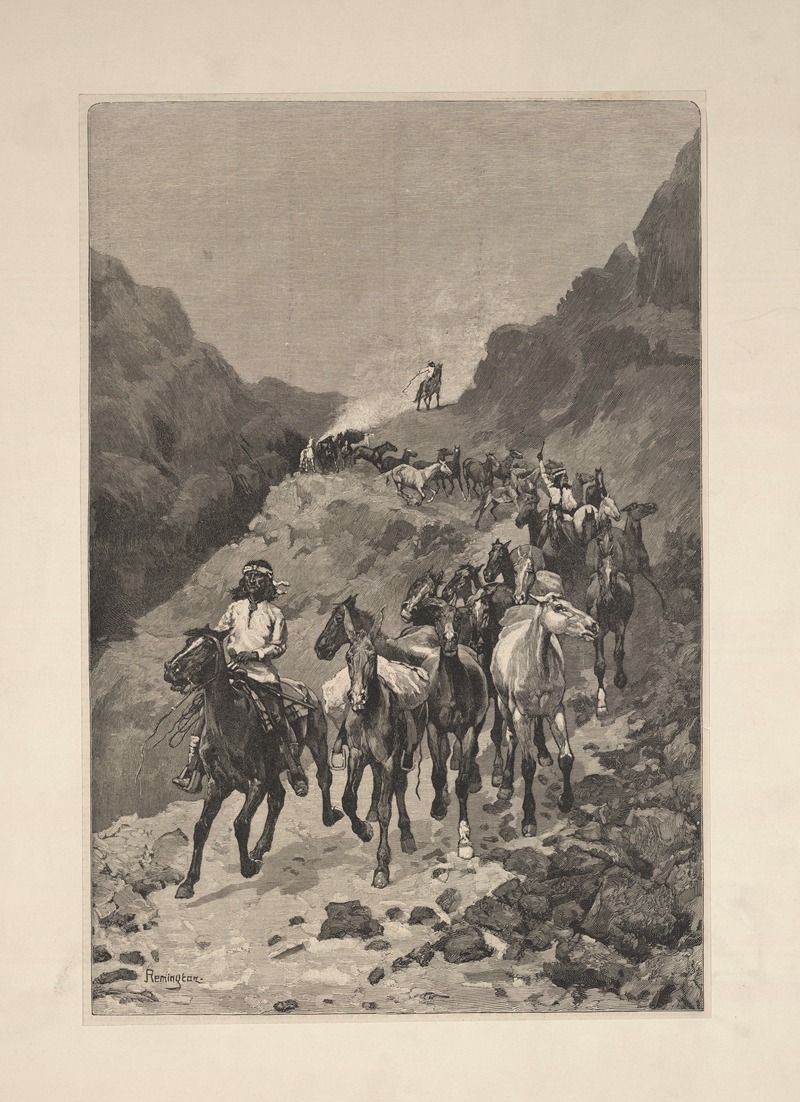
Geronimo and his band returning from a raid into Mexico
A hand-painted replica of Frederic Remington’s masterpiece Geronimo and his band returning from a raid into Mexico, meticulously crafted by professional artists to capture the true essence of the original. Each piece is created with museum-quality canvas and rare mineral pigments, carefully painted by experienced artists with delicate brushstrokes and rich, layered colors to perfectly recreate the texture of the original artwork. Unlike machine-printed reproductions, this hand-painted version brings the painting to life, infused with the artist’s emotions and skill in every stroke. Whether for personal collection or home decoration, it instantly elevates the artistic atmosphere of any space.
Frederic Remington's painting "Geronimo and his Band Returning from a Raid into Mexico" is a notable work that captures a moment in the life of the famous Apache leader Geronimo. Remington, an American painter, illustrator, and sculptor, was renowned for his depictions of the American West, focusing on cowboys, Native Americans, and the U.S. Cavalry. His works are characterized by their dynamic compositions and attention to detail, which vividly bring to life the subjects he portrayed.
Geronimo, born in June 1829, was a prominent leader of the Bedonkohe band of the Apache tribe. He became famous for his resistance against Mexico and the United States' expansion into Apache tribal lands for several decades during the Apache Wars. Geronimo's raids and resistance efforts were a response to the encroachment on his people's territory and way of life. His actions, while controversial, were driven by a desire to protect his people and their land.
The painting itself depicts Geronimo and his band of warriors returning from a raid into Mexico. This was a common occurrence during the Apache Wars, as the Apache often crossed the border in their efforts to evade capture and continue their resistance. Remington's portrayal of this scene is likely to reflect the tension and drama of these raids, capturing the movement and determination of Geronimo and his men.
Remington's work is known for its historical accuracy and attention to detail, often based on his own experiences and observations in the American West. Although he did not witness this specific event, his understanding of the subject matter and his ability to convey the spirit of the time are evident in the painting. The composition likely includes elements typical of Remington's style, such as dynamic figures, realistic depictions of horses, and a landscape that reflects the harsh and rugged terrain of the region.
The painting serves as both an artistic achievement and a historical document, offering insight into a tumultuous period in American history. It reflects the complex interactions between Native American tribes and the expanding United States, highlighting the struggles faced by indigenous peoples during this era. Through his art, Remington provides a window into the past, allowing viewers to engage with the history and culture of the American West.
While the painting captures a specific moment in time, it also speaks to broader themes of resistance, survival, and the clash of cultures. Geronimo remains a symbol of Native American resistance, and Remington's work contributes to the ongoing dialogue about the history and legacy of the American West.





